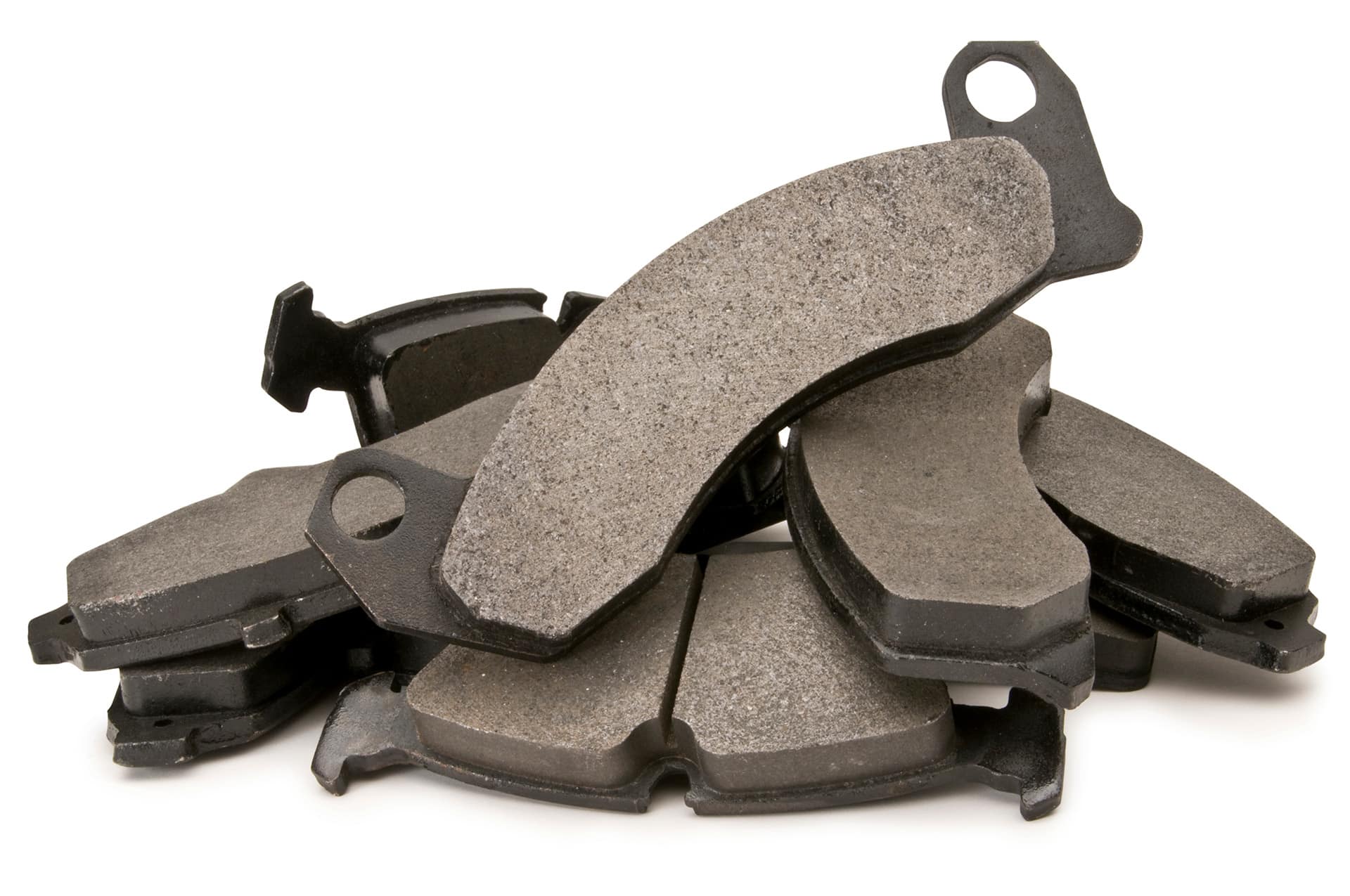
Consistent friction modifiers tailored for a broad range of brake pad applications, ideal for the most demanding high-performance formulations.
FormulaFXTM is Superior Graphite’s friction materials portfolio with a wide range of solutions for brake pad formulators looking for compressibility increase, friction stability and noise reduction. The portfolio includes regular natural flake and synthetic graphite grades in non-purified and thermally purified versions in different sizing options. Additionally, the Resilient Graphite products are a series of specialty friction modifiers with the premium Resilient Graphitic Carbon (RGCTM) and Artificial Resilient Graphite (ARGTM) designed to reach high performance targets, in addition to the High Resilient Synthetic (HRSTM) and Carbons (HRCTM) that provide flexibility to reach intermediate performance and compressibility levels.

Resilient Graphite
Superior Graphite’s Electro-Thermal Treatment/Purification Technology is used to process carbonaceous raw materials and produce the specialty Resilient Graphite grades, materials with high porosity, resiliency and purity, being suitable to meet the most demanding performance targets in the friction industry. The premium friction modifiers RGCTM and ARGTM are the best solutions for high-performance brake pads, whereas the HRSTM and HRCTM grades are ideal to meet intermediate performance targets. Therefore, FormulaFX’s Resilient Graphite grades provide flexibility and unique solutions for a broad range of applications in the friction industry.
Need more information on our Products and Capabilities?
Contact Us